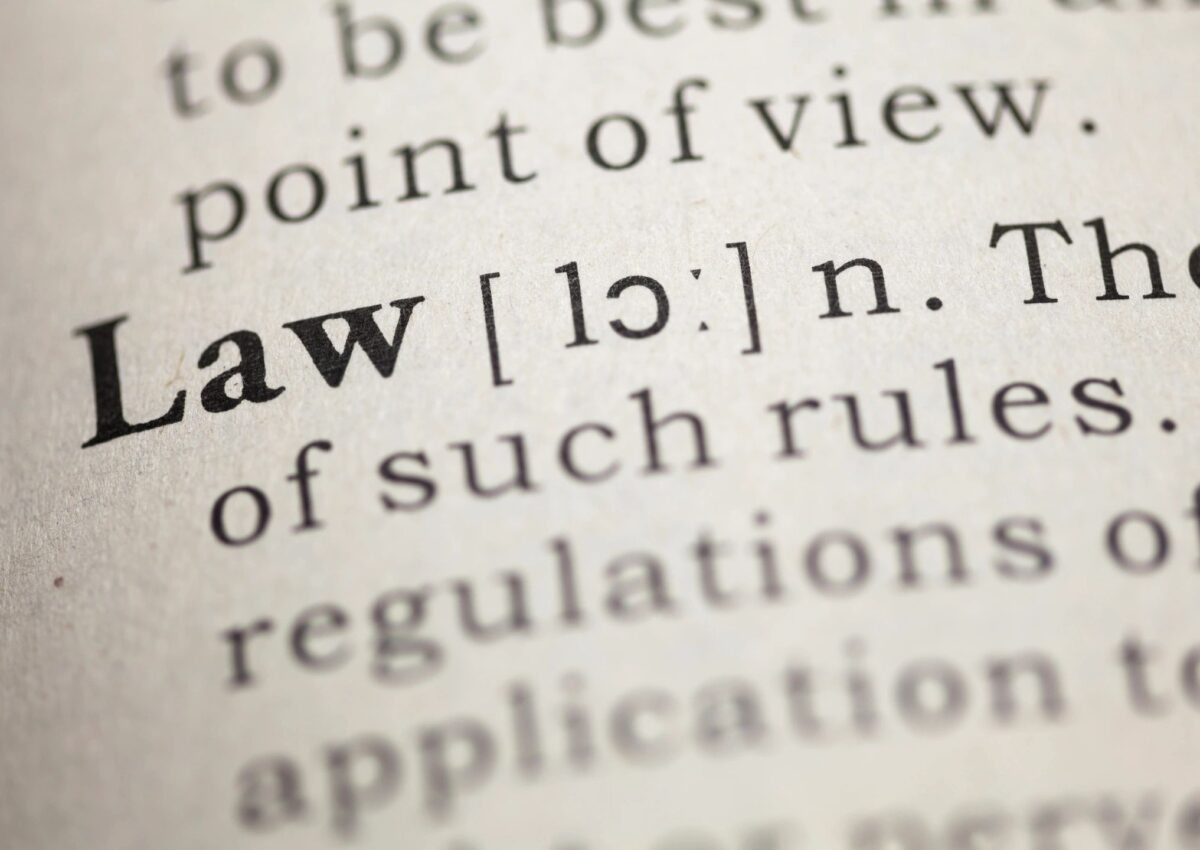
“After the trial jury panel has been sworn, and any challenge to the panel as a whole has been determined, prospective jurors are selected at random and seated in the jury box. Voir dire then commences.”
““Voir Dire” Defined: This term refers to the process by which prospective jurors are questioned to determine their competency to serve. Literally translated from Norman French, “voir dire” means “to speak the truth. However, the modern French translation of “voir dire” means “to see and to say”; thus, to see the prospective jurors and to hear what they have to say in answer to questions about their prospective service on the jury. [People v. King (1987) 195 CA3d 923, 932-933, 241 CR 189, 194-195]”
“Purposes: Voir dire serves these recognized purposes: Assures fair and impartial jury: The primary purpose of voir dire is to select a fair and impartial jury. [CCP § 222.5; CRC 3.1540(b); Kelly v. Trans Globe Travel Bureau, Inc. (1976) 60 CA3d 195, 203, 131 CR 488, 493] Facilitates challenges: Another purpose is to assist counsel in the intelligent exercise of both peremptory challenges and challenges for cause. [CCP § 222.5; see Bly-Magee v. Budget Rent-A-Car Corp. (1994) 24 CA4th 318, 324, 29 CR2d 330, 333] Compare—improper purposes: However, it is not the function of voir dire to “educate the jury panel to the particular facts of the case, to compel the jurors to commit themselves to vote a particular way, to prejudice the jury for or against a particular party, to argue the case, or to indoctrinate the jury in matters of law.” [People v. Williams (1981) 29 C3d 392, 408, 174 CR 317, 325 (internal quotes omitted) (superseded by statute on other grounds as stated by People v. Noguera (1992) 4 C4th 599, 645-646, 15 CR2d 400, 427); Alcazar v. Los Angeles Unified School Dist. (2018) 29 CA5th 86, 97, 239 CR3d 863, 871]”
“Nature of Voir Dire Process: Jury selection “is a fluid process, with challenges for cause and peremptory strikes continually changing the composition of the jury before it is finally empanelled.” [People v. Lenix (2008) 44 C4th 602, 623, 80 CR3d 98, 116] Examination Both by Court and Counsel: Both the trial judge and counsel participate in the voir dire process. The order of questioning is as follows: Judge asks questions first: It is the trial judge’s duty to conduct the initial examination of prospective jurors. [CCP § 222.5; CRC 3.1540(b)] Counsel’s right to question jurors: After the court’s questioning, “counsel for each party shall have the right to examine, by oral and direct questioning, any of the prospective jurors …” [CCP § 222.5(b)(1)] Counsel may examine on same topics as judge: The fact the judge questioned the jurors on a particular topic does not preclude counsel from “appropriate followup questioning in the same area.” [CCP § 222.5(b)(1) (emphasis added)] Court may limit scope: The trial judge may place “reasonable limits” on the scope of counsel’s voir dire examination, based on the judge’s discretion upon consideration of various enumerated factors. [CCP § 222.5(b), (c); CRC 3.1540(c)]”
[California Practice Guide Civil Trials & Evidence [certain citations omitted]]
Law Offices of James R. Dickinson – 909-848-8448
How To Schedule A Consultation:
Please call us at 909-848-8448 to schedule a free consultation/case evaluation or complete the form immediately below. [Please note certain formalities must be completed to retain the Law Offices of James R. Dickinson, such as the signing of a legal fee agreement [see “Disclaimers”]].
